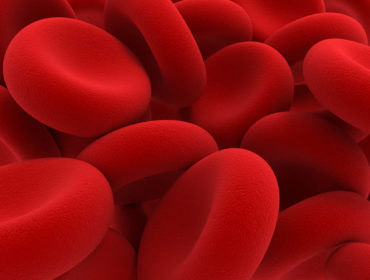There has been concern for several decades around the possibility that prion diseases may be transmissible by blood components and / or plasma products. Whilst the evidence in respect of transmission of sporadic Creutzfeldt-Jakob disease (CJD) is largely circumstantial, the identification of variant CJD gave rise to increased concern due to the evidence of prion accumulation in peripheral lymphoid tissue at the time of clinical disease. A series of studies of appendix tissues in the United Kingdom revealed prion accumulation in around 1 / 2000 of the individuals tested and raised further concern that there may be a significant proportion of the healthy population with subclinical infection posing an increased risk of transmission by substances of human origin (blood, plasma, tissues, organs) and interventional medical and surgical procedures. The former risk was realized with transmission of variant CJD infection to four individuals becoming evident between 2004 and 2006. These concerns precipitated significant changes to donor selection criteria internationally, to blood processing in the United Kingdom with the introduction of universal leucodepletion, and to the use of UK plasma for fractionation to plasma products. Considerable effort has also been invested in the development of peripheral blood assays for subclinical variant CJD and of prion reduction filters for blood components, though to date these technologies have not achieved routine clinical implementation. Whilst the variant CJD outbreak appears to be receding, continued vigilance is required in respect of the risks posed by all prion diseases to blood safety.
Handb Clin Neurol. 2018
Safety of blood, blood derivatives, and plasma-derived products
Turner ML



